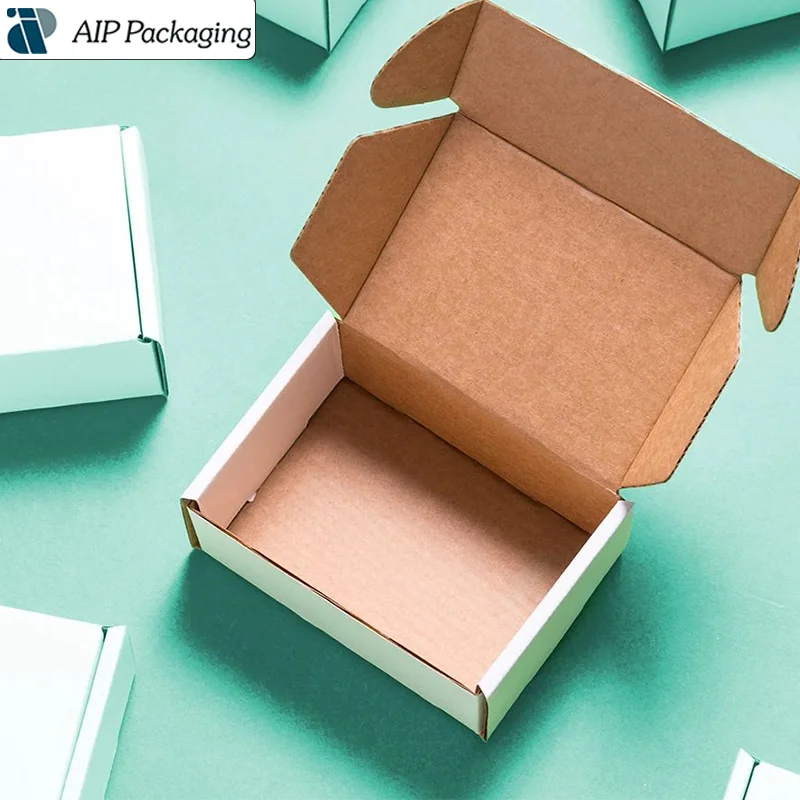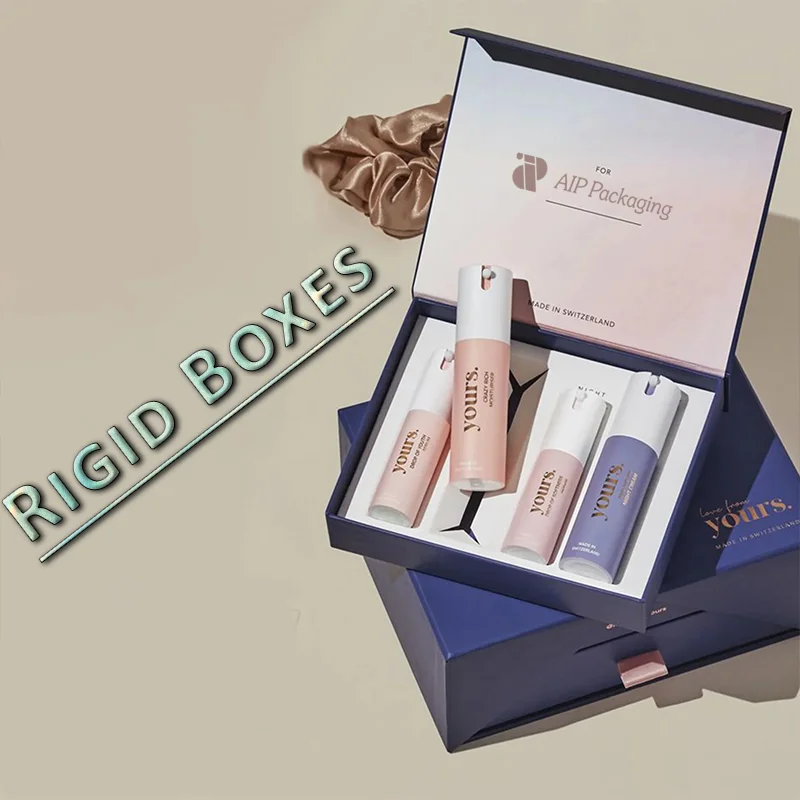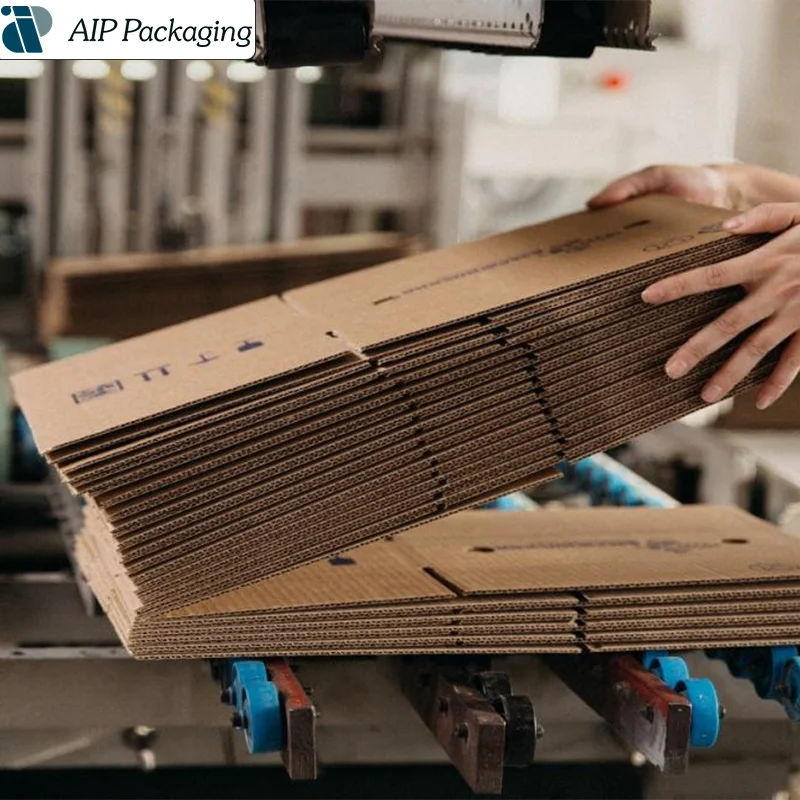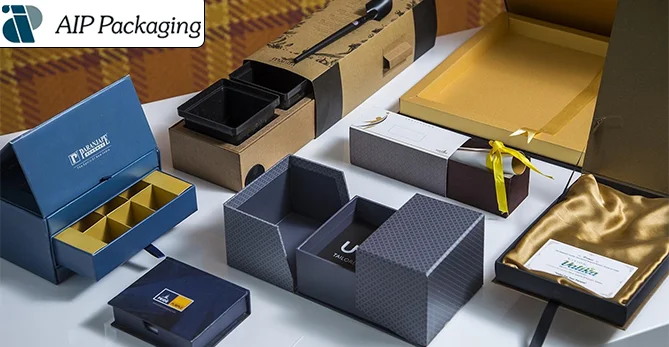Our daily lives focused on boxes, which come in various varieties each designed for a certain use.
While some boxes are made to store valuable items like jewels safe, others are strong and perfect for delivering goods without damage.
In this piece, I will go over the many types of boxes, underline their unique features, and demonstrate why each one is important for particular employment.
I’ll walk you through how choosing the right box might enhance safety, streamline transportation, storage, or shipping of items.
List of 17 Different Types of Boxes Used in Packaging
Although there are many various kinds of boxes available worldwide, I will only discuss three most often used and typical kinds for packaging.
1. Folding Cartons

Often found in retail outlets, folding cartons—also known as paperboard cartons or paperboard boxes—are somewhat ubiquitous packaging.
Examples:
- Lipstick Box
- Cosmetic Box
- Cereal Box
4 basic folding carton styles are used in packaging:
1. Straight Tuck Box (STB)
Offering a neat, seamless front, straight tuck top boxes have top and bottom tuck flaps on the same side. Perfect for high-end product displays, they are lightweight retail items and easy to put together.
2. Reverse Tuck End (RTE
Reverse tuck end boxes have opposite direction folding of the top and bottom flaps. Common uses for drugs, cosmetics, and tiny consumer goods are this effective design that saves material.
3. Auto Lock Bottom (ALB)
Pre-glued bases included in auto lock bottom boxes lock automatically when opened. For heavier objects like glass bottles or electronics, they are perfect since they provide fast installation and robust bottom support.
4. Snap Lock Bottom (SLB)
Interlocking flaps on snap lock bottom boxes fold and lock by hand to create the foundation. For medium-weight objects like candles, jars, or food containers, they give good support and fit.
2. Rigid Boxes

Stronger than folding cartons, rigid boxes—also called set-up boxes—do not fold or Collapsible Rigid Boxeslike other boxes.
Though not always, they are frequently utilised for more opulent things when the perception of worth is rather important. They are also recommended when the inside of the product is hefty and calls for more support.
Examples:
- iPhone Box
- Jewelry Box
- Shoe Box
Here are few typical rigid box designs:
1. Magnetic Closure Rigid Box
For high-end products, a Magnetic Closure Rigid Boxes — a rigid box closed with hidden magnets—offers a safe, elegant, and simple-to-open choice.
2. Two Piece Rigid Box
Usually used for gifts and luxury goods, a two-piece rigid box offers great protection and a premium appearance with separate base and cover.
3. Shoulder Neck Rigid Box
Inner tray (neck) of a shoulder neck rigid box links the base and lid, therefore providing additional strength and a luxury unwrapping experience.
4. Collapsible Rigid Box
A foldable box that saves room during transportation and storage yet still provides a sturdy and premium packaging experience is a collapsed rigid box.
5. Drawer Style Rigid Box
For premium goods, a rigid box opens like a drawer with sliding tray and outer cover provides a fashionable and robust packaging choice.
6. Book-Style Rigid Box
Offering a premium and sophisticated approach to carry gifts, gadgets, or luxury goods, a book-style rigid box opens like a book with a hinged lid.
3. Corrugated Boxes

Made from a particular form of cardboard, corrugated boxes are a type of packing. Because its wavy, ribbed center layer—known as fluting—sandwiched between two smooth layers makes this cardboard stronger and more resilient. The wavy layer in the middle cushions objects within the box from shocks and bumps.
Although they have several uses, corrugated boxes are typically used in shipping and transferring goods by people and companies. Strong and sturdy, these boxes are ideal for packing goods, personal items, or anything else that has to be shipped.
Examples:
- Shipping box
- Pizza box
- Fruit and vegetable crate
Common box styles of corrugated boxes are as follows:
1. Regular Slotted Container (RSC)
Usually used for shipping and storage, a Regular Slotted Container (RSC) is a basic cardboard box with flaps that meet in the middle.
2. Half Slotted Container (HSC)
A Half Slotted Container (HSC) is a box with flaps only on one side, often used with a separate lid for easy top access.
3. Full Overlap Container (FOL)
For heavy or delicate objects, a Full Overlap Container (FOL) strengthens and increases durability since its flaps completely overlap when closed.
4. One-Piece Folder (OPF) / Book Fold
Usually used for books, paperwork, or flat objects, a one-piece folder (OPF), sometimes known as a book fold, wraps around a product.
Final Words
Protection of products, improved appearance, and guaranteed effective delivery all depend on selecting the correct kind of custom box.
Retail packaging of goods including cosmetics, food, and medications calls for lightweight, perfect folding cartons.
Commonly used for luxury goods including electronics, gifts, and upscale accessories, rigid boxes provide a robust, premium appearance.
Perfect for shipping and storage of anything from light goods to heavy-duty items, corrugated boxes offer durability and protection.
Knowing these different box kinds helps companies choose the best packaging option depending on the demands of their product and brand objectives.


